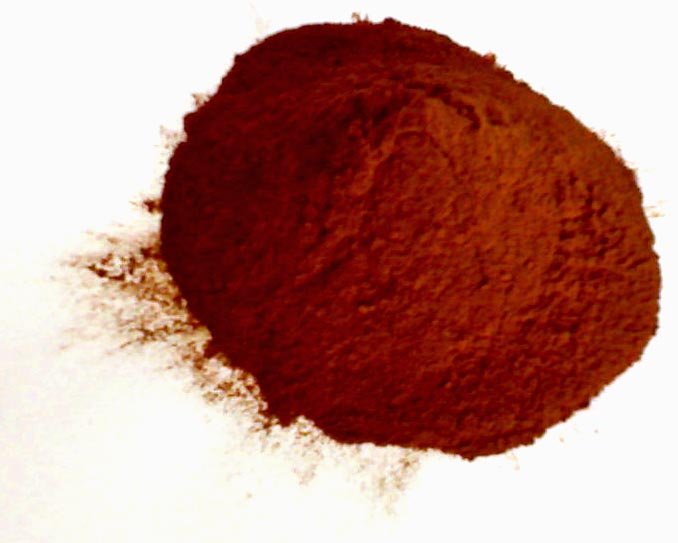 No matter how many cold and flu seasons you’ve weathered in your years, chances are you’re still buying into some far-too-common illness myths. So before you waste another perfectly good sick day lying around in bed (instead of out playing hooky), we ran some of the most popular pieces of cold and flu wisdom past New York City physician Jennifer Collins, M.D., a diplomat of the American Board of Allergy and Immunology and Internal Medicine. Here’s how they held up.
No matter how many cold and flu seasons you’ve weathered in your years, chances are you’re still buying into some far-too-common illness myths. So before you waste another perfectly good sick day lying around in bed (instead of out playing hooky), we ran some of the most popular pieces of cold and flu wisdom past New York City physician Jennifer Collins, M.D., a diplomat of the American Board of Allergy and Immunology and Internal Medicine. Here’s how they held up.
You Shouldn’t Exercise With a Cold: Myth
Skip the gym and you’ll actually stay sick longer. “Light to moderate exercise when you’re sick can actually boost your immune system’s function,” Collins says. She recommends reducing your workout intensity by 75 to 80 percent to prevent overstressing your body. Also, make sure you wipe down your gym equipment—and your hands—both before and after use. One study in the Clinical Journal of Sports Medicine found the cold virus (a.k.a. rhinovirus) on 63 percent of fitness centers’ machines.
Chicken Soup Fends Off Colds: Fact
No wonder you still want your mom when you’re sick. Her chicken soup really does make you feel better. Research published in Chest found that chicken soup reduces the movement of certain white blood cells in the body to reduce cold symptoms. What’s more, typical chicken-soup ingredients like carrots, parsnips, celery, garlic, and onions are packed with vitamins A and D, calcium, magnesium, phosphorus, and potassium to help your immune system work at its best, Collins says.
Cold Weather Can Make You Catch a Cold: Myth
Record lows don’t cause colds—viruses do. Rhinovirus just happens to be more prevalent in the U.S. during the winter, largely due to migration patterns from other countries. In fact, the biggest contributor to cold-weather colds is found in the warm indoors where people (and their germs) are confined together, she says. You could make like a bear and hibernate—or you can just be extra-generous with the Windex this season.
Dairy Can Worsen Your Symptoms: Half-Truth
A stuffy nose can turn you into a veritable mouth-breather. The result: a dry, itchy throat. While fluids are key to quelling the irritation, and milk is thick enough to coat your throat, that’ll only make it feel even more constrained, Collins says. That doesn’t mean you have to avoid it, though. Contrary to popular opinion, dairy is not a phlegm factory. Just take your milk, cheese, or yogurt with water or juice, she says.
Flu Shots Can Give You the Flu: Myth
You finally gave in and got a flu shot, and the next day you’re in bed with a fever. Coincidence? Actually, yes. “The influenza virus infects you 48 hours before you have any symptoms, so if you get the vaccine during this time period, it will appear that the vaccine caused the flu, but you would’ve gotten sick anyway,” Collins says. Looks like you’re getting a flu shot this year
Source: Details


 Older adults with cataracts appear to double their risk of falling after surgery on their first eye and before surgery on the second, suggests a new study.
Older adults with cataracts appear to double their risk of falling after surgery on their first eye and before surgery on the second, suggests a new study. Scientists are hopeful of a breakthrough in dementia within five years – with drugs that could be given to prevent disease
Scientists are hopeful of a breakthrough in dementia within five years – with drugs that could be given to prevent disease With the city dwellers spending a greater time outside the home, either at work, or in traffic or in social networking sites, there is lesser interaction happening with one’s own relatives, said Dr Mahesh R Gowda, consultant physiatrist, Spandana health care.
With the city dwellers spending a greater time outside the home, either at work, or in traffic or in social networking sites, there is lesser interaction happening with one’s own relatives, said Dr Mahesh R Gowda, consultant physiatrist, Spandana health care. Our mouths are a delicate balance of good and bad bacteria. When we clean our teeth, the aim is to knock out cavity-causing bacteria, while allowing beneficial oral bacteria to thrive. Now, researchers have developed a sugar-free candy, which contains dead bacteria that bind to bad bacteria, potentially reducing cavities.
Our mouths are a delicate balance of good and bad bacteria. When we clean our teeth, the aim is to knock out cavity-causing bacteria, while allowing beneficial oral bacteria to thrive. Now, researchers have developed a sugar-free candy, which contains dead bacteria that bind to bad bacteria, potentially reducing cavities. Researchers have claimed that babies dying from Sudden infant death syndrome (SIDS) have brain stem abnormalities regardless of whether they were exposed to risks like suffocation or co-sleeping.
Researchers have claimed that babies dying from Sudden infant death syndrome (SIDS) have brain stem abnormalities regardless of whether they were exposed to risks like suffocation or co-sleeping. A new study by Indian origin researcher has revealed that the synthesis of the most active component of grape seed extract, B2G2, encourages the cell death known as apoptosis in prostate cancer cells while leaving healthy cells unharmed.
A new study by Indian origin researcher has revealed that the synthesis of the most active component of grape seed extract, B2G2, encourages the cell death known as apoptosis in prostate cancer cells while leaving healthy cells unharmed.
